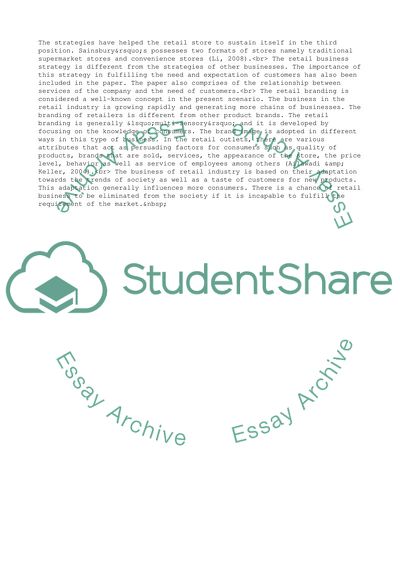Cite this document
(Own Brand Strategy of the UK Retailer Term Paper, n.d.)
Own Brand Strategy of the UK Retailer Term Paper. Retrieved from https://studentshare.org/business/1753158-using-a-uk-retailer-of-your-own-choice-assess-their-own-brand-strategy
Own Brand Strategy of the UK Retailer Term Paper. Retrieved from https://studentshare.org/business/1753158-using-a-uk-retailer-of-your-own-choice-assess-their-own-brand-strategy
(Own Brand Strategy of the UK Retailer Term Paper)
Own Brand Strategy of the UK Retailer Term Paper. https://studentshare.org/business/1753158-using-a-uk-retailer-of-your-own-choice-assess-their-own-brand-strategy.
Own Brand Strategy of the UK Retailer Term Paper. https://studentshare.org/business/1753158-using-a-uk-retailer-of-your-own-choice-assess-their-own-brand-strategy.
“Own Brand Strategy of the UK Retailer Term Paper”, n.d. https://studentshare.org/business/1753158-using-a-uk-retailer-of-your-own-choice-assess-their-own-brand-strategy.


